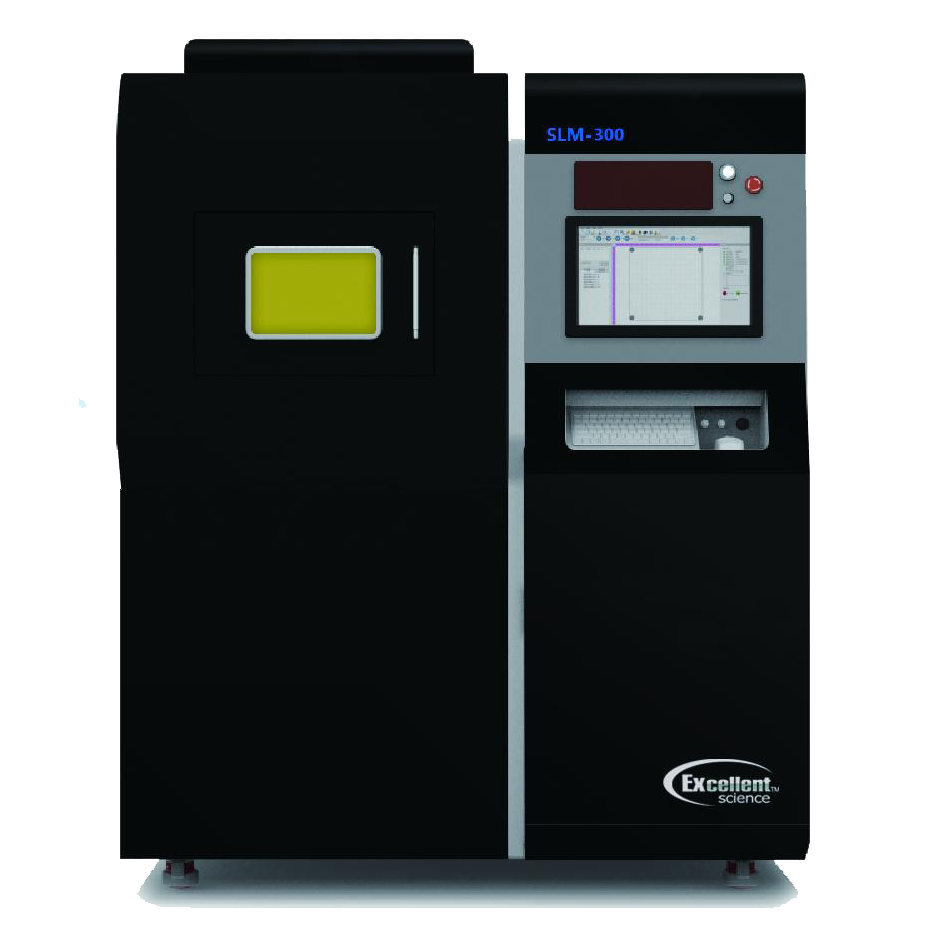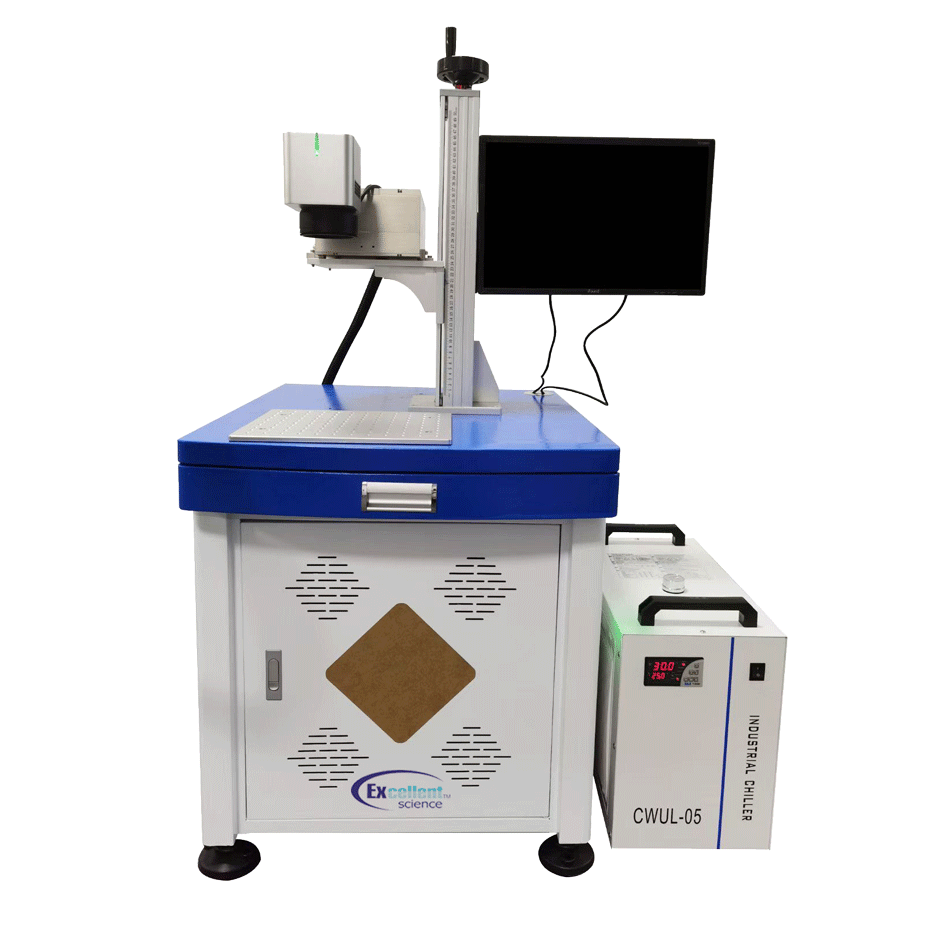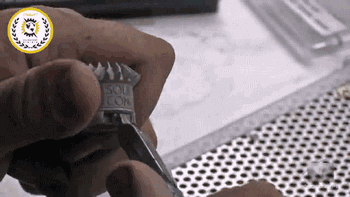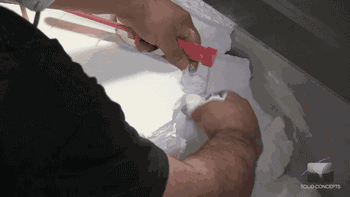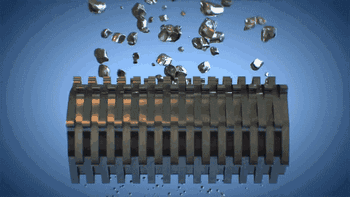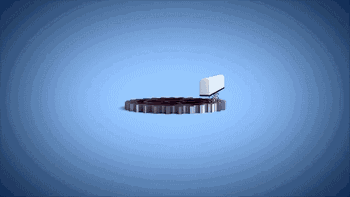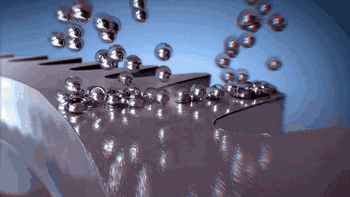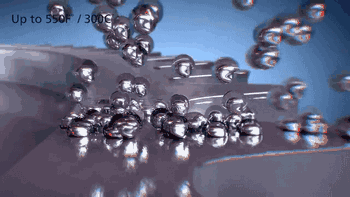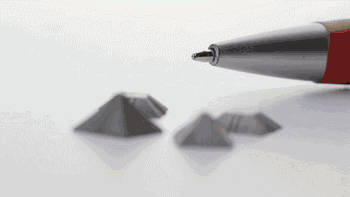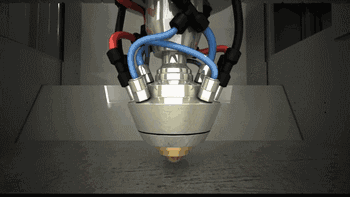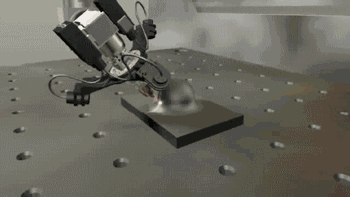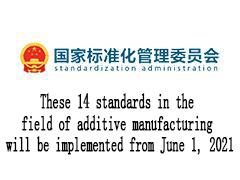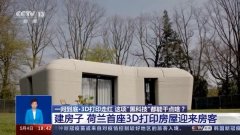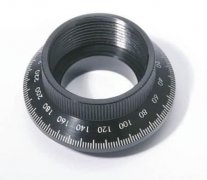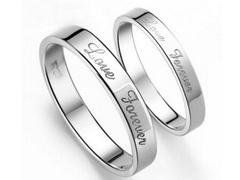In recent years, with the rapid development of 3D printing technology, it is rapidly changing our traditional production mode and lifestyle. As a typical representative of emerging manufacturing technologies, metal 3D printing technology used in aerospace in the early stage has turned more to industries, automobiles, medical treatment, molds, education, jewelry and other markets. What do you know about Metal 3D printing technology? Today, Zhouzhuo Technology Co.LTD. editor will explain the current mainstream Metal 3D printing technology.
At present, there are five mainstream Metal 3D printing technologies: laser selective melting (SLM), laser selective sintering (SLS), nano particle jet metal forming (npj), laser near net forming (lens) and electron beam selective melting (EBSM).
Laser selective melting (SLM)
The basic principle of laser selective melting technology is to first design the three-dimensional solid model of the part by using the three-dimensional modeling software such as Pro / E, UG and CATIA on the computer, then slice and layer the three-dimensional model through the slicing software to obtain the contour data of each section, generate the filling scanning path from the contour data, and the equipment will fill the scanning lines according to these, Control the laser beam to selectively melt the metal powder materials of each layer, and gradually stack them into three-dimensional metal parts. Before the laser beam starts scanning, the powder spreading device first pushes the metal powder onto the base plate of the forming cylinder. The laser beam then melts the powder on the base plate according to the filling scanning line of the current layer, and processes the current layer. Then the forming cylinder decreases by a layer thickness distance, the powder cylinder increases by a certain thickness distance, and the powder spreading device then spreads the metal powder on the processed current layer, The equipment is transferred to the next layer of contour data for processing, so as to process layer by layer until the whole part is processed.
Laser selective melting process:
Post processing of formed parts
Electron beam selective melting printing parts
Selective laser sintering (SLS)
The whole process device of SLS is composed of a powder cylinder and a forming cylinder. The piston of the powder cylinder rises, and the powder is evenly paved on the forming cylinder by the powder spreading vehicle. The computer controls the two-dimensional scanning track of the laser beam according to the prototype slicing model, and selectively sinters the solid powder material to form a layer of the part. After completing one layer, the working piston drops one layer thickness, the powder spreading system spreads new powder, and controls the laser beam to scan and sinter the new layer. This cycle is repeated and stacked layer by layer until the three-dimensional parts are formed.
Laser selective sintering process:
SLS part model layered slicing
Selective laser sintering
Post processing of SLS formed parts
Nano particle spray metal forming (npj)
As we all know, ordinary metal 3D printing technology uses laser melting or laser sintering metal powder particles, while nano particle jet metal forming (npj) technology uses not powder form, but liquid form. These metals are wrapped in a tube in the form of liquid and inserted into a 3D printer. During metal 3D printing, they are sprayed with "molten iron" containing metal nanoparticles. The advantage is that the metal is printed with molten iron, the whole model will be more round, and the ordinary inkjet print head can be used as a tool. When printing is complete, the building chamber evaporates the excess liquid by heating, leaving only the metal part.
Nano particle spray metal forming process:
Metal particle refinement
Metal particles are distributed on the droplets
Droplet spray forming process
Liquid phase discharge process
Laser near net shaping (lens)
Laser near net shape forming (lens) technology adopts the principle that laser and powder conveying work at the same time. The computer slices the three-dimensional CAD model of the part layer by layer to obtain the two-dimensional plane contour data of the part, which is transformed into the motion trajectory of the NC worktable. At the same time, the metal powder is sent into the laser focusing area at a certain powder supply speed for rapid melting and solidification. Through the layer by layer superposition of points, lines and surfaces, the near net part entity is finally obtained. The formed parts can be used without or only a small amount of processing. Lens can realize mold free manufacturing of metal parts and save a lot of costs.
Laser near net forming process:
Coaxial powder feeding for laser near net forming
Construction process of laser near net forming





